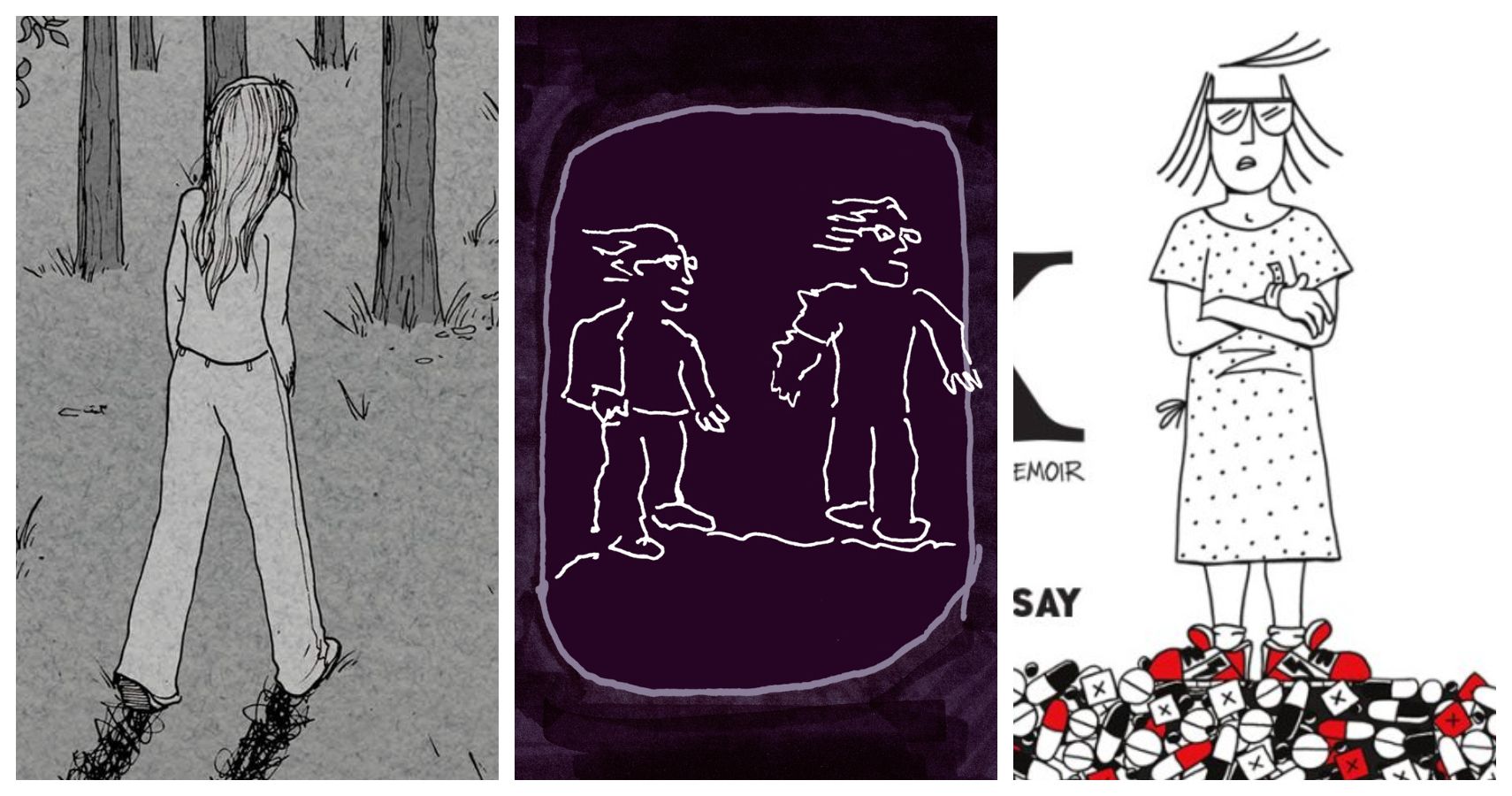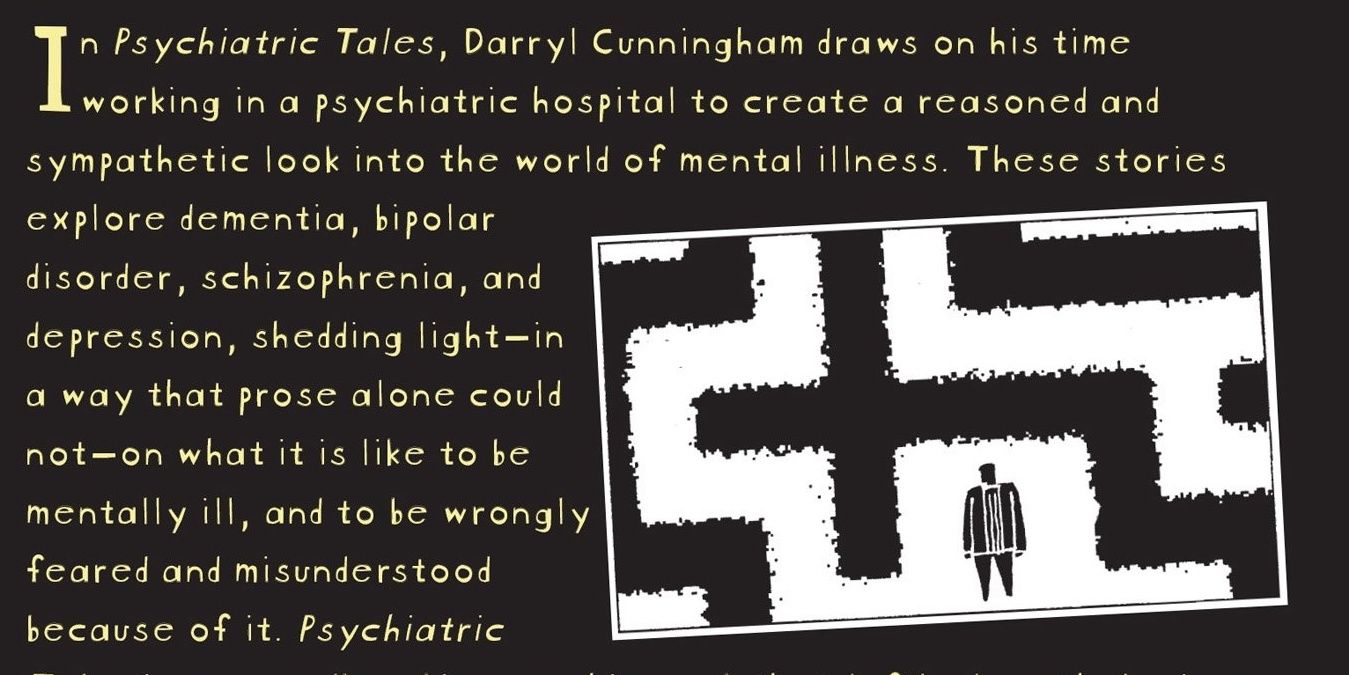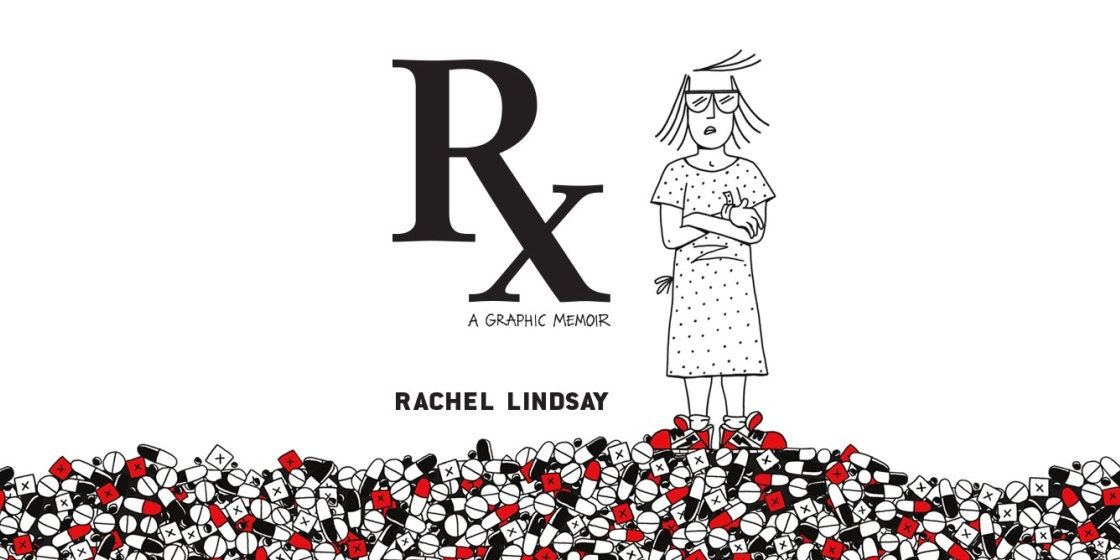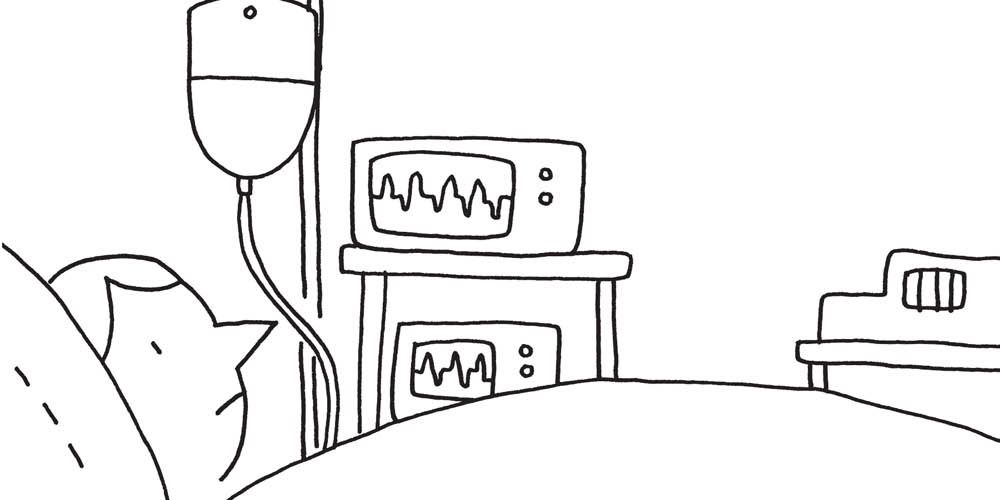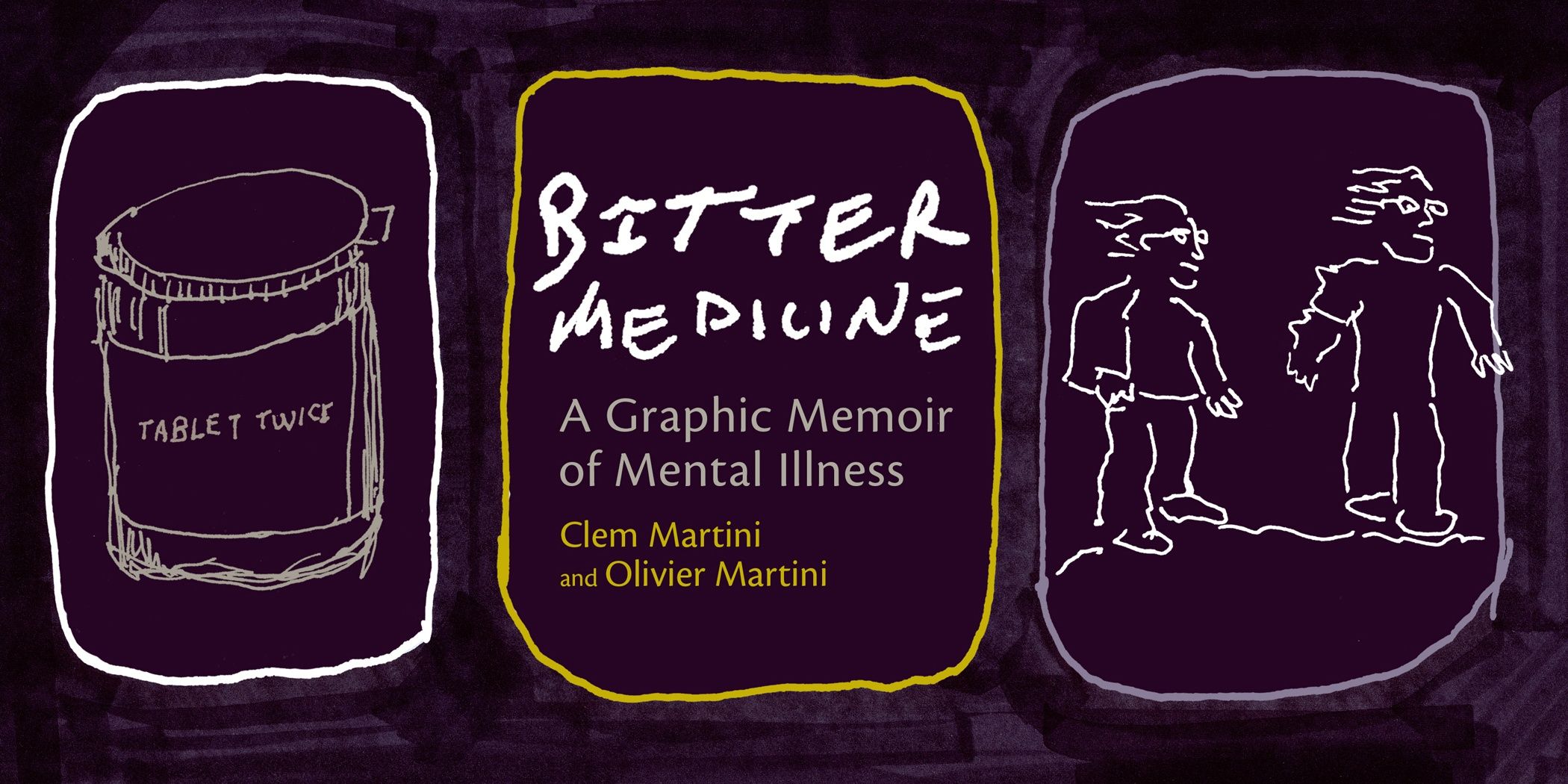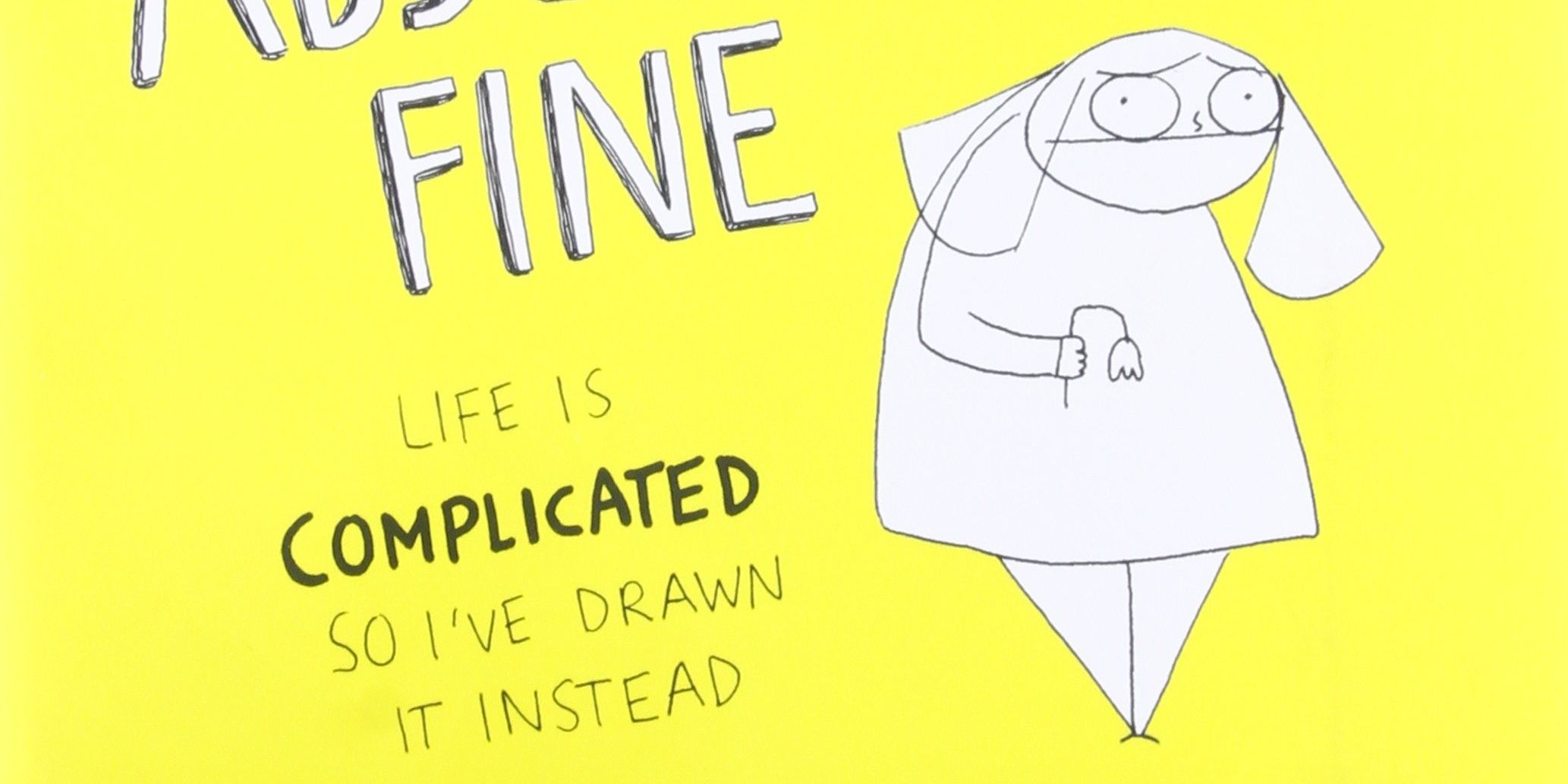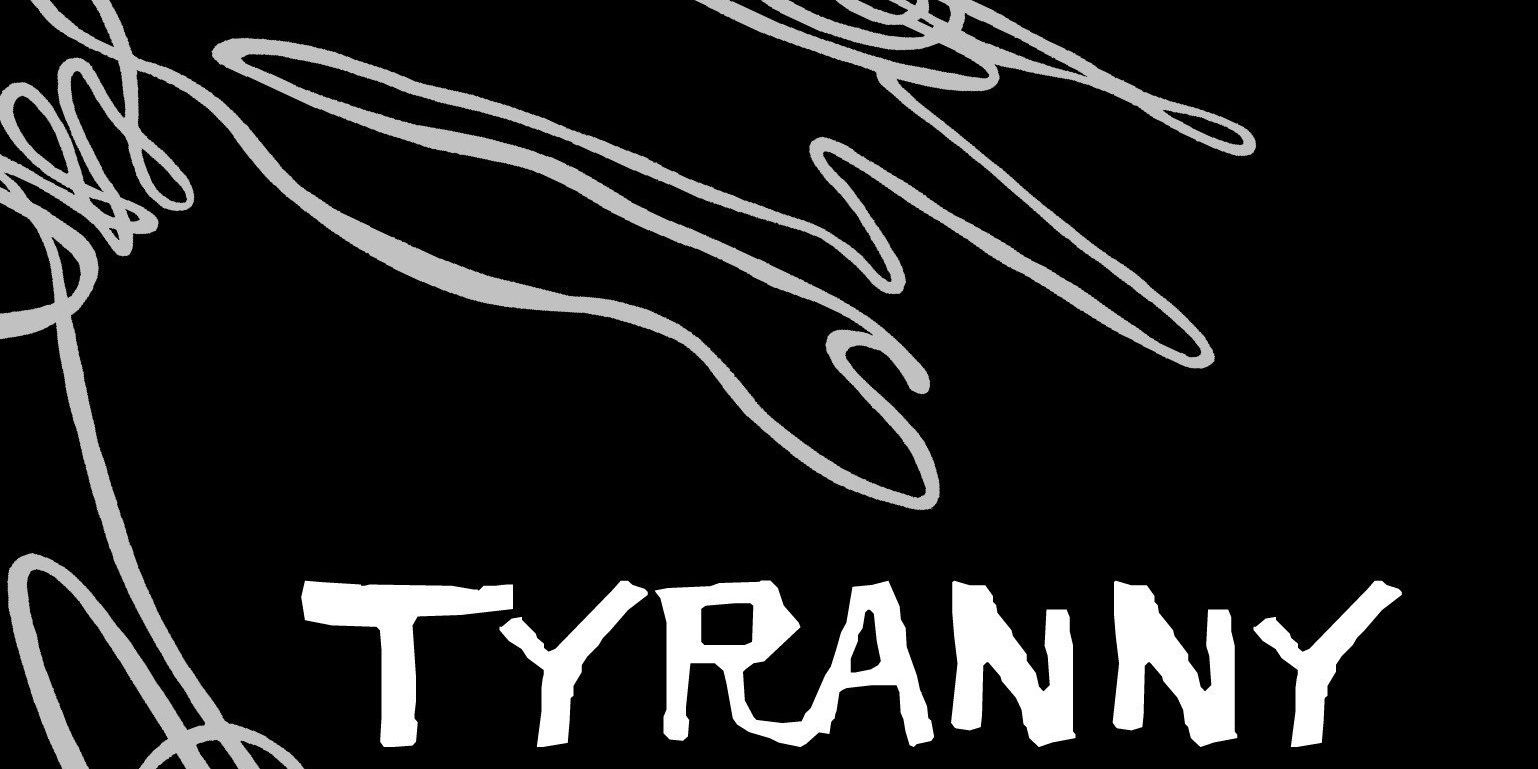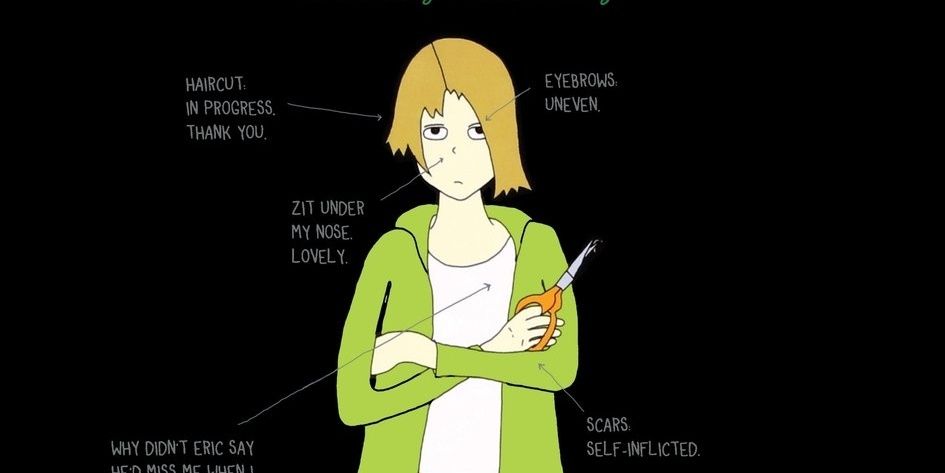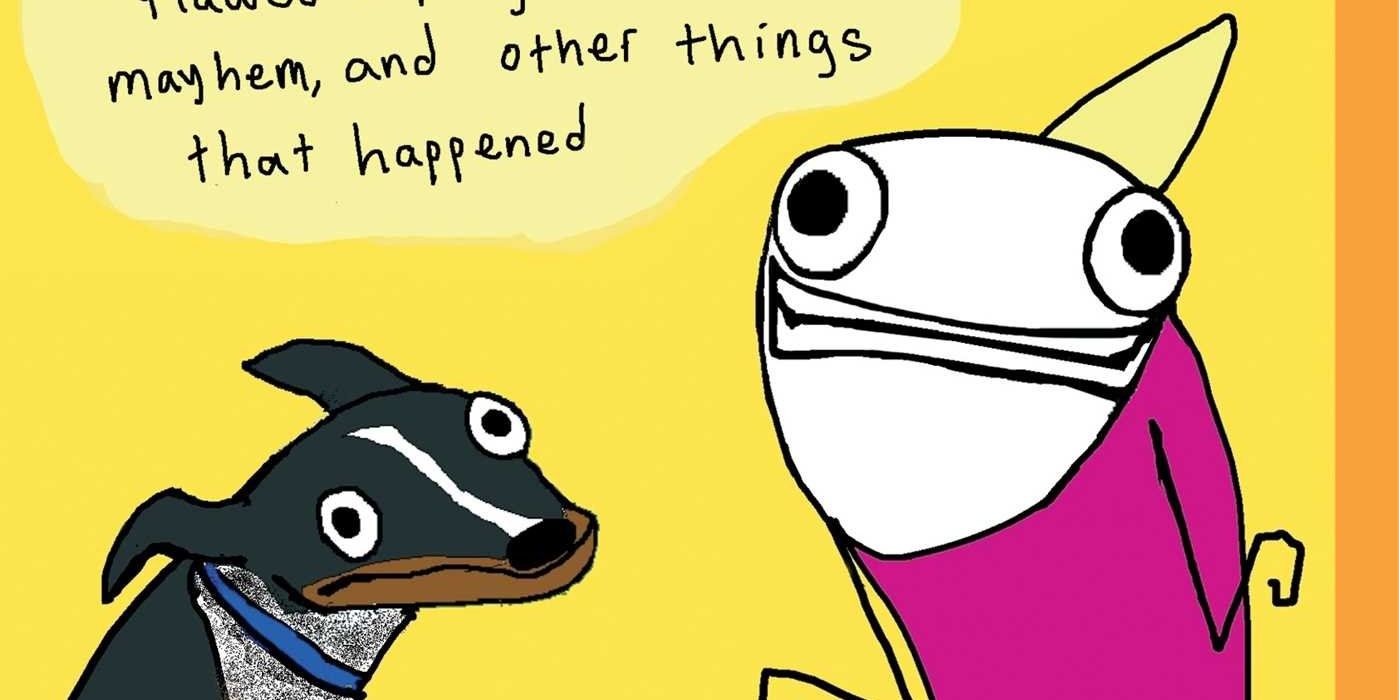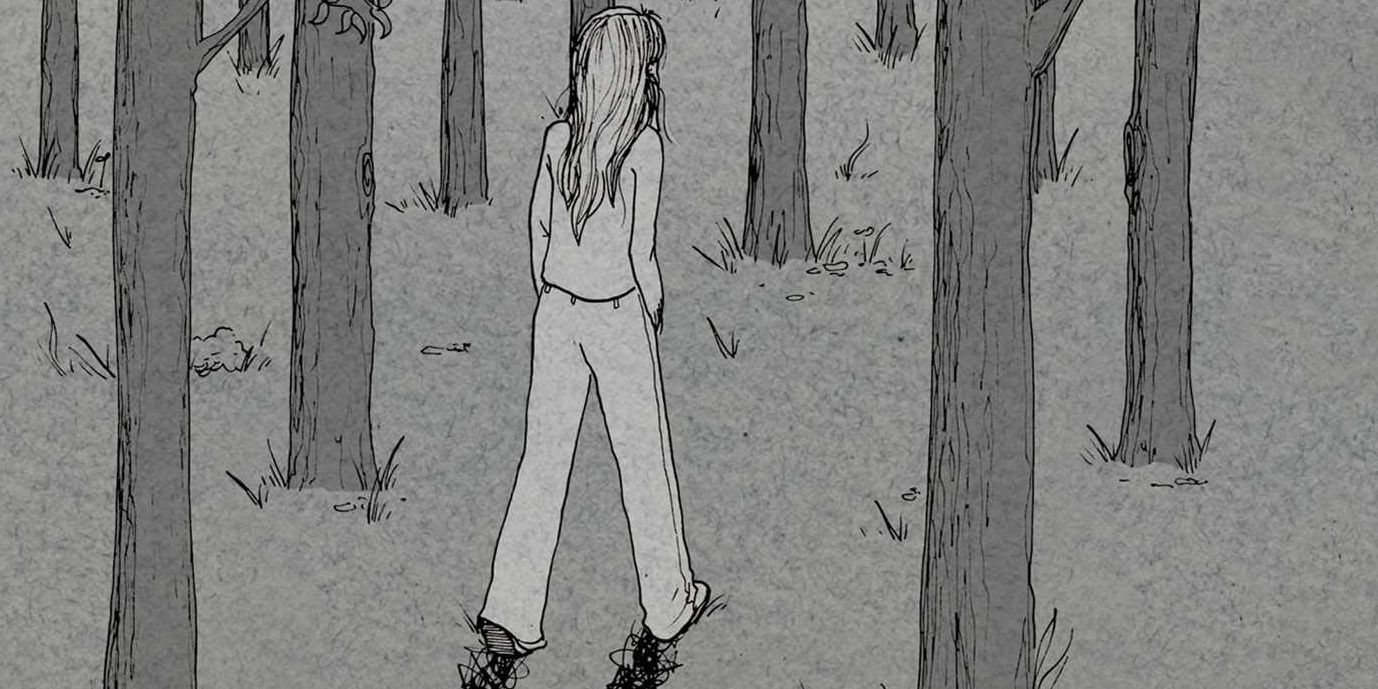Mental illness is a sensitive subject, seen by some, unrightfully, as taboo. There are activists all over the world working hard to decrease the stigma surrounding it, but change is slow. Mental illness may be stigmatized, but it is not uncommon. One in five American adults experienced mental illness in 2018.
It is brave and also impactful to speak out about living with a mental illness. One oftentimes faces judgment from peers, retaliation at work, and a general mistrust by the world. Despite these consequences, the authors on this list have put their experiences with mental illness on paper for the world to see. Please proceed through this article with caution given the possibly upsetting contents of the piece.
From depression to eating disorders, mental illness is explored in deeply personal ways through these words and illustrations.
10 Psychiatric Tales (Darryl Cunningham)
Psychiatric Tales is a good introduction to the world of mental illness. Darryl Cunningham is a psychiatric health care assistant who has seen many different types of illnesses in his tenure. Cunningham acknowledges the stigma surrounding these individuals he encounters. He entreats his readers to notice and reconsider their biases.
Cunningham also battled his own mental health struggles while writing this book. He's lived with social anxiety most of his life, and a deep depression has also been a struggle for him. The final chapter in Psychiatric Tales describes his own experience and what pulled him back to the light.
9 Rx (Rachel Lindsay)
Rachel Lindsay wasn't acting like herself. She knew she had been diagnosed with bipolar disorder since college, but she didn't see this manic episode coming. Soon she was hospitalized and was forced to restructure her life around her illness.
Rx is a realistic depiction of the mental health care system in the United States. Lindsay passes up her dream career as an artist to take a job in advertising solely because she needs health care for her bipolar disorder. She depicts the frustration with having to choose between reality and dreams with brutal honesty.
8 The Hospital Suite (John Porcellino)
One day, John Porcellino got very sick. The doctors he saw couldn't figure out what was going on. As a consequence of his mystery illness, Porcellino's obsessive-compulsive disorder returned in full force. He constantly worried about whether he'd turned the stove off or closed the fridge completely. These worries consumed his mental space.
There's a common idea that creativity can stem from mental illness. The idea even goes so far as to say that taking medication to help the symptoms can eliminate creativity. While there is some sort of connection between the two, most who suffer agree that their symptoms are actually what stifle creativity. John Porcellino agrees. Being creative while suffering from OCD, "was like pulling teeth" he said.
7 Bitter Medicine (Clem & Olivier Martini)
In Bitter Medicine, Clem Martini writes the text that accompanies his brother Olivier's illustrations. Together, they tell the story of Olivier's schizophrenia diagnosis and what its been like as a family ever since. Olivier has used art as a coping skill, like many mentally ill people.
One thing that the book does is expose the inadequacies of the Canadian healthcare system. Olivier was frequently failed by the system. He faced a great stigma against schizophrenia as it is considered one of the "scarier" mental illnesses.
6 It's All Absolutely Fine (Ruby Elliot)
Ruby Elliot is better known to her online followers as Rubyetc. She has struggled with severe mental illness from a young age. She is also a prolific artist, producing many enchanting cartoons both relating to mental illness and not. Because Elliot does not blog, It's All Completely Fine is unique in that it contains personal prose in addition to collected cartoons.
Elliot ties her impersonal illustrations to threads from her personal history. Her cartoons capture complex emotions in a single panel. Some of them depict relatable despair, others show baby steps towards happiness--or as Elliot prefers to call them, "jazzy little lizard steps."
5 Tyranny (Lesley Fairfield)
Like many people with eating disorders, Lesley Fairfield's problems started during puberty. Suddenly her body looked too big in the mirror and the natural changes her body was undergoing were horrifying. Fairfield started restricting her eating until she lost weight. But, as people with eating disorders know, it's an incredibly slippery slope. Restricting led to binging, which led to laxative abuse.
Fairfield depicts her eating disorder as an eerie scribbled mirror image of herself. It is her, but not. It is there, but not. She also emphasizes how the people you surround yourself with can have a positive or negative impact on your illness. Eating disorders are not just in your brain, they're in your environment and society too.
4 How I Made It To Eighteen (Tracy White)
Tracy White's "mostly true" graphic memoir details her lengthy hospital stay as a teenager as a result of her self-destructive behavior. White was abusing drugs, hiding her bulimia, and in an emotionally abusive relationship. She stayed in the hospital for over five months.
What is unique about How I Made It To Eighteen is that the truth unfolds much like it would in a hospital setting. There are lies at the beginning that get their truths unearthed later on. Pieces of the story are told out of order, only to come together in a way that makes sense by the end.
3 Inside Out (Nadia Shivack)
Inside Out is Nadia Shivack's story of her struggle with bulimia. She traces the way her illness developed at a young age through her trials in and out of treatment. The book is educational both in its personal history and in facts. On each page, there is text written by Shivack, colorful illustrations interpreting her words, and a fact about eating disorders.
Shivack ends the book with an acknowledgment that this is not the end of her story. She is not cured. She was in remission by the end of the book but has been hospitalized several times since. Eating disorders are hard to beat, and it's refreshing (yet sad) to see that acknowledged here.
2 Hyperbole And A Half (Allie Brosh)
Hyperbole and a Half took the internet by storm when pieces of this book were published as a webcomic in 2009. The exaggerated simplicity of the art and its relatable content have made the material very meme-able. Allie Brosh's book tells stories from her life growing up in rural Idaho and from her present-day struggle with depression.
One of Brosh's most popular vignettes is a metaphor for depression. Brosh has fish that are dead. Her peers offer only tangentially related terrible advice. "Why not just make them alive again?" Everyone is trying to help but they do not understand the problem, much like what happens when you tell a depressed person, "you just need to try yoga!"
1 Lighter Than My Shadow (Katie Green)
Katie Green's wonderful graphic memoir puts her life with eating disorders--and the trauma that impacted it--into words and images. Green reflects back on her story, portraying her illness as a black scribbled cloud. She emphasizes the struggle of recovery and the way that recovery can sometimes flip the switch from anorexia to binge eating.
What is most striking about Lighter Than My Shadow is all of the little details included in Green's story. The way she has to keep her food separate and how seemingly unrelated neuroses can all be tied into one. It's a longer book, but the length is worth it for the level of detail that really expresses what it's like to be trapped in one of these illnesses.

